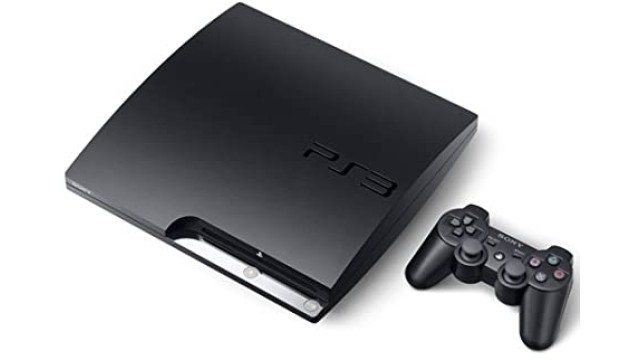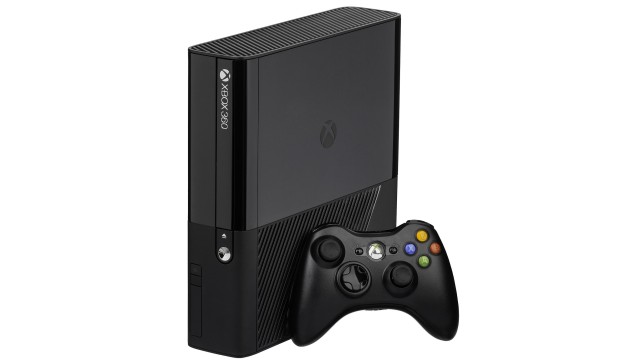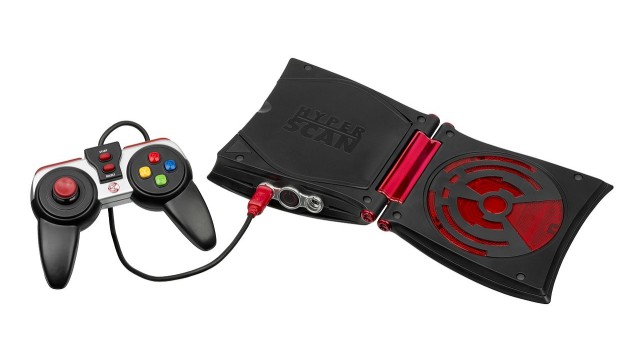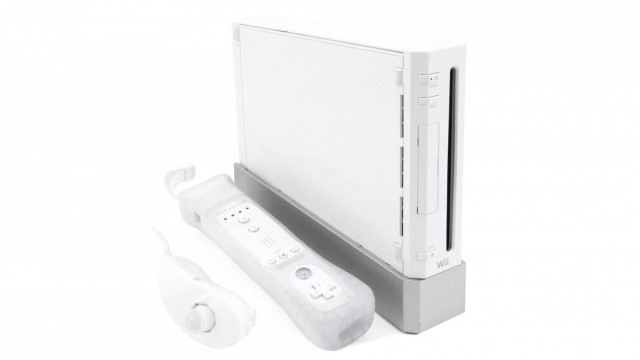
PlayStation 3
Launches: 2006
Discontinued: 2017
Life span: 11 years
Generation: 7th
 PlayStation 3 technical specifications
PlayStation 3 technical specifications
CPU: Cell Broadband Engine @ 3.2 GHz (64 bits)
Memory: 256 MB
 PlayStation 3 video specifications
PlayStation 3 video specifications
PlayStation 3 graphics capabilities.
 PlayStation 3 audio specifications
PlayStation 3 audio specifications
PlayStation 3 sound capabilities.
Audio chip:
Audio mode:
 Controllers of PlayStation 3
Controllers of PlayStation 3
 PlayStation 3 games support
PlayStation 3 games support
Support:
PlayStation 3 games
Games library:
PlayStation 3 story
The PlayStation 3, released by Sony in November 2006, represents a significant chapter in the evolution of home gaming consoles, marking Sony’s continuation of its successful PlayStation brand with new hardware and ambitious features. The creation, development, launch, and market reception of the PlayStation 3 underscore its role in shaping the gaming landscape of the seventh generation of consoles.
The development of the PlayStation 3 was driven by Sony’s desire to build upon the success of the PlayStation 2 and to leverage emerging technologies that would set it apart from its competitors. The console was conceived during a period of rapid technological advancement and increasing demand for high-definition content. Recognizing the need for a powerful machine capable of delivering cutting-edge graphics and multimedia capabilities, Sony embarked on developing a console that would incorporate several new technologies. At the heart of the PS3 was the Cell Broadband Engine, a highly advanced processor developed in collaboration with IBM and Toshiba. This processor was designed to offer unprecedented computational power, which Sony aimed to leverage for both gaming and multimedia applications. Complementing the Cell processor was the NVIDIA RSX Reality Synthesizer GPU, which was intended to deliver high-definition graphics and support for complex visual effects.
In addition to its impressive hardware, the PlayStation 3 was notable for its inclusion of a built-in Blu-ray Disc drive. This decision was part of a strategic push to promote Blu-ray as the next-generation standard for high-definition video, positioning the PS3 not just as a gaming console but as a versatile home entertainment system. The integration of Blu-ray was intended to provide users with a high-capacity storage medium for games and a way to enjoy high-definition movies, offering a dual-purpose function that was expected to enhance the console’s appeal.
The development process also emphasized the incorporation of online connectivity and digital services. Sony introduced the PlayStation Network (PSN), an online service that offered digital distribution of games, downloadable content, and online multiplayer capabilities. This move was in response to the growing importance of online gaming and digital media, aiming to create a comprehensive ecosystem for gamers and content creators.
The launch of the PlayStation 3 was a major event, beginning with its release in Japan on November 11, 2006, followed by North America on November 17, and Europe and other regions in March 2007. The initial launch was characterized by high anticipation and a strong marketing campaign that highlighted the console’s technological innovations, including its high-definition graphics, Blu-ray capabilities, and multimedia features. The PS3 was released in two versions: a 20GB model and a 60GB model, with the latter featuring more storage space and additional features.
Despite the excitement surrounding its launch, the PlayStation 3 faced several challenges in the market. One of the major hurdles was its price. The PS3 was introduced at a premium price point, with the 60GB model retailing at $599 in North America, which was considerably higher than the prices of its competitors, notably Microsoft’s Xbox 360 and Nintendo’s Wii. This high cost was partly attributed to the inclusion of the Blu-ray drive and advanced hardware, but it was a significant factor in the console’s initial market performance.
The PlayStation 3 also encountered challenges related to software support and the early adoption of its new technologies. At launch, the console’s library of games was relatively limited compared to its competitors, and some developers faced difficulties optimizing their games for the PS3’s complex architecture. This led to criticism from gamers and industry observers regarding the console’s performance and the quality of its initial game offerings. However, over time, as developers became more familiar with the PS3’s hardware and software tools, the library of games expanded and improved, addressing some of these concerns.
Despite these early difficulties, the market reception of the PlayStation 3 improved as the console evolved. The introduction of system updates and firmware improvements addressed some of the initial issues, and the PS3’s game library grew to include a range of critically acclaimed titles. Exclusive games such as “Uncharted: Drake’s Fortune,” “Metal Gear Solid 4: Guns of the Patriots,” and “The Last of Us” helped to establish the PS3 as a strong contender in the gaming market. Additionally, the console’s multimedia capabilities, including its Blu-ray playback and integration with the PlayStation Network, contributed to its value proposition as an all-in-one entertainment device.
Sony also made efforts to address the price concerns by introducing revised models with reduced prices and increased storage capacity. The introduction of the PlayStation 3 Slim in 2009 marked a significant change, offering a more affordable option and addressing some of the initial criticisms related to the console’s size and power consumption. The Slim model, along with further revisions and price cuts, helped to boost the PS3’s sales and market position.
The PlayStation 3’s development, launch, and market reception reflect a complex interplay of technological innovation, strategic challenges, and evolving consumer expectations. The console’s advanced hardware and multimedia capabilities positioned it as a cutting-edge home entertainment system, but it also faced significant challenges related to pricing and software support. Over time, the PS3 established itself as a successful and influential console, thanks to a combination of technological advancements, a growing library of games, and improvements in pricing and design. The PlayStation 3’s legacy is marked by its role in shaping the seventh generation of gaming consoles and its contributions to the broader gaming and entertainment landscape.
Previous Sony console: PlayStation 2
Next Sony console: PlayStation 4


